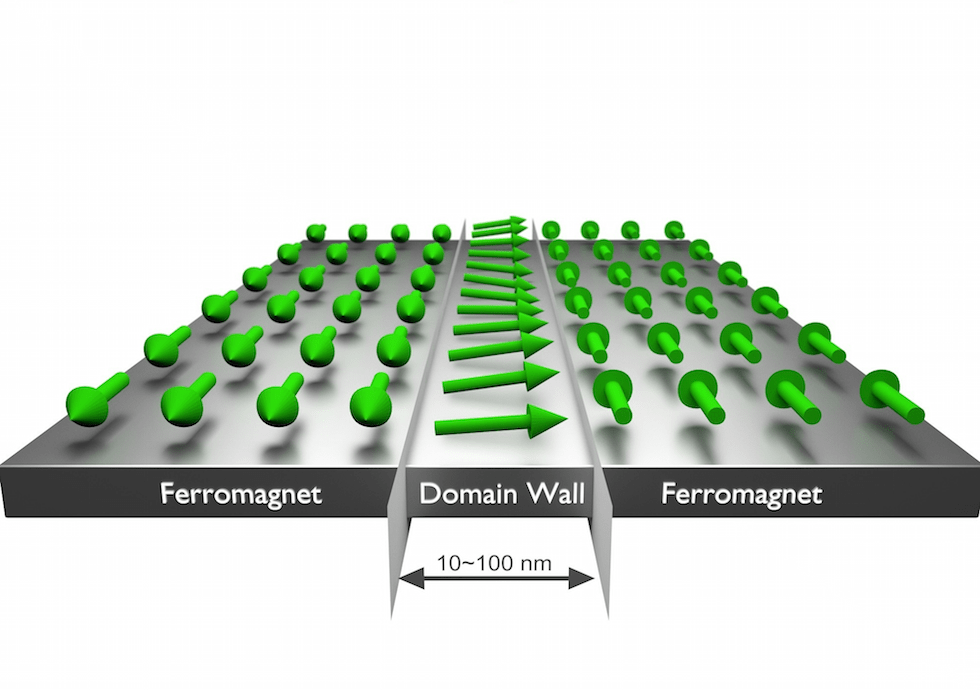
But the more tightly electronic circuits are packed together, the more heat they produce, making them more likely to fail.
Now an alternative to using electronic charge carriers for information processing is being developed, in the form of magnetic spin waves. These are faster than electronic charge carriers, and use less power.
In a paper published in Nature Nanotechnology, researchers at the Helmholtz-Zentrum Dresden-Rossendorf and TU Dresden in Germany describe a simple method they have developed for controlling these spin waves, making them suitable for use in nanocircuits.
As electrons revolve around their own axis – or spin – they behave like tiny magnets. Altering the direction of one spin will therefore impact those neighbouring it. In this way a spin wave can be created that travels through a solid body.
This wave can be used to transport and process information in the same way as charge carriers, according to lead researcher Dr Helmut Schultheiß from the HZDR's Institute of Ion Beam Physics and Materials Research.
As the electrons themselves are not moving, but rather their spin direction changes, they do not collide with anything, meaning they generate hardly any heat.
What’s more, spin waves can reach frequencies into the terahertz range, with nanometre-sized wavelengths, said Schultheiβ. “The wavelength of electromagnetic waves is about three orders of magnitude larger, so it is much more complicated to squeeze conventional electromagnetic waves into nanocircuits,” he said.
To control the propagation of the spin waves, the researchers have taken advantage of a basic characteristic of magnetism in the form of so-called domain walls, or the area in solid bodies where differently aligned magnetic regions meet.
The researchers created a domain wall within a nickel-iron alloy nanostructure. They then used microwaves to trigger a spin wave.
They found that spin waves of a certain frequency became trapped in the domain wall, with the different magnetic regions on either side acting like crash barriers, ensuring the waves travelled along a controlled path.
Previous methods for controlling spin waves have tended to consume a great deal of power, said Schultheiß.
“We can move these nano sized channels using very small magnetic fields, of just fractions of the Earth’s magnetic field,” he said. “So our method works without (the need for) external energy supplies.”




Poll: Should the UK’s railways be renationalised?
Correlation does not equal causation! That's a hugely simplified view of things and ignores things like increasing car ownership, increasing commuting...